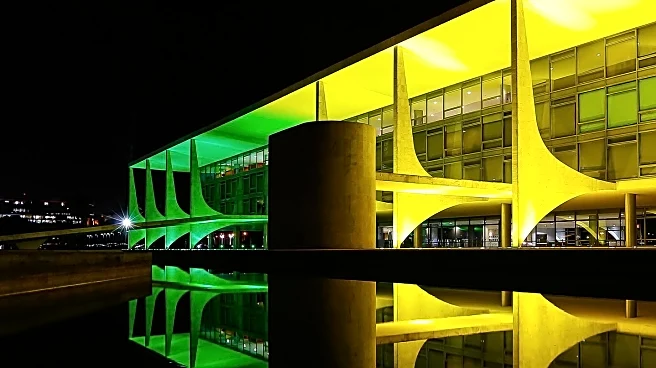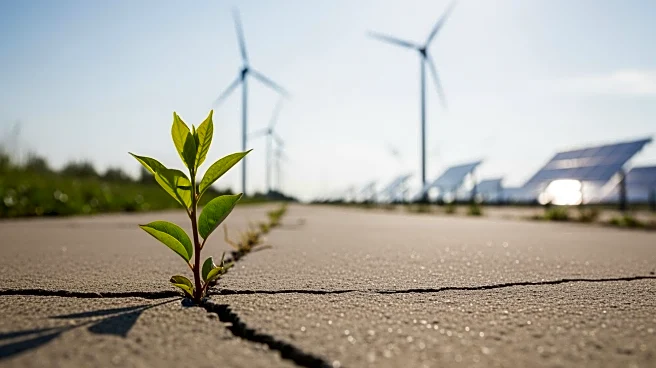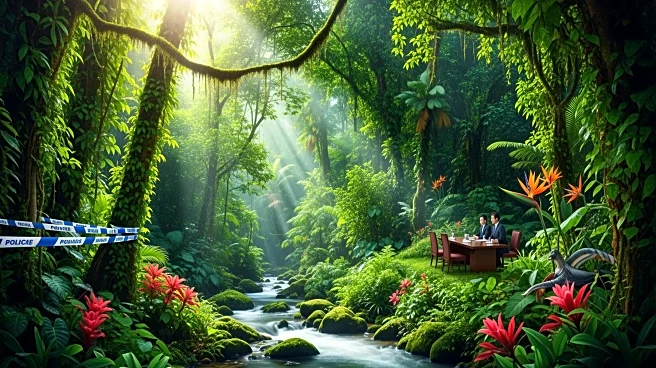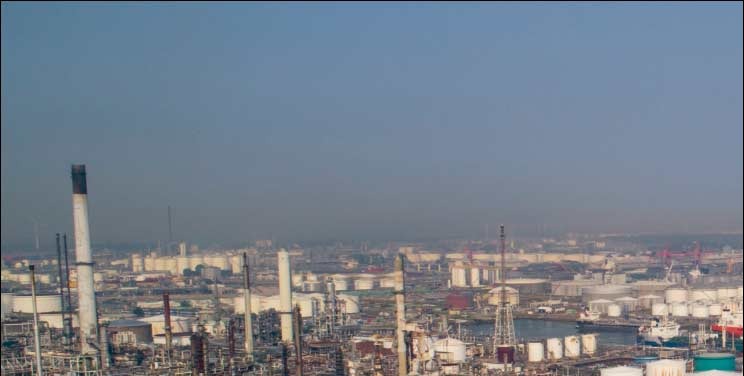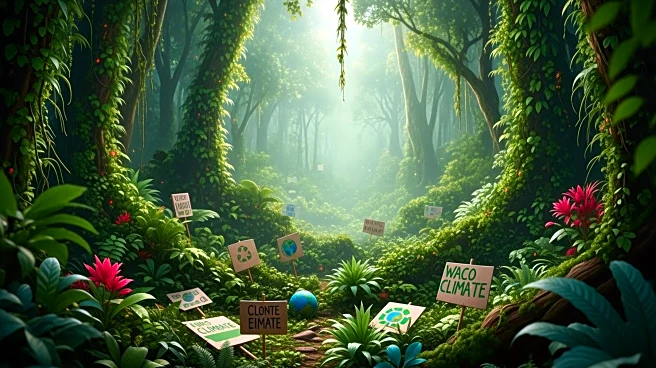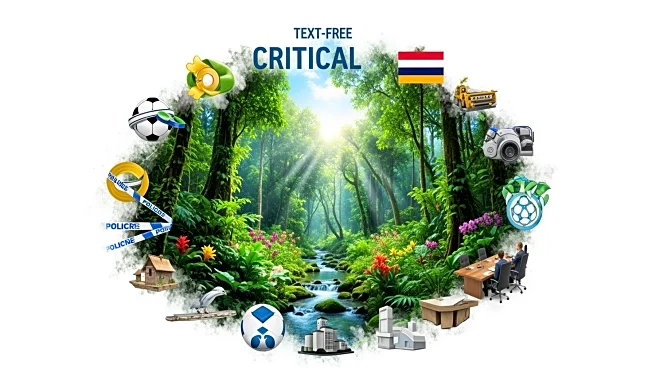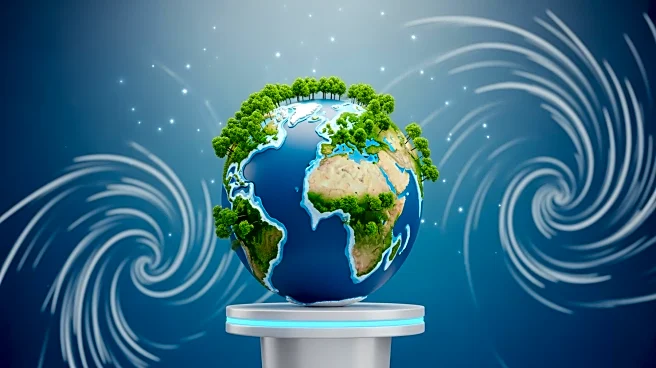What's Happening?
COP30, held in Belém, Brazil, is incorporating cultural elements into its agenda, thanks to efforts by groups like Labverde and Art of Change 21. The conference features interventions and performances
by Brazilian and indigenous artists, emphasizing the intersection of art and environmental activism. This marks a significant shift in recognizing the role of culture in climate discussions. The event coincides with the tenth anniversary of the Paris Agreement and Gustav Metzger's Remember Nature project, which called for environmental action across the arts. Various UK institutions are participating in artist-led activities to promote climate awareness.
Why It's Important?
The inclusion of cultural elements in COP30 underscores the growing recognition of art as a powerful tool for climate advocacy. By engaging artists and cultural institutions, the conference aims to broaden the conversation around climate change and inspire action. This approach highlights the potential for art to influence public perception and drive meaningful change. As global leaders gather to discuss climate targets, the integration of cultural initiatives may encourage more holistic and inclusive strategies for addressing environmental challenges.
What's Next?
The collaboration between COP30 and the art world may lead to increased involvement of cultural institutions in future climate conferences. This could foster new partnerships and initiatives that leverage art to raise awareness and promote sustainable practices. As the arts sector continues to engage with climate issues, there may be opportunities for artists to contribute to policy discussions and influence decision-making processes. The success of COP30's cultural integration could serve as a model for other international events seeking to incorporate diverse perspectives in addressing global challenges.
Beyond the Headlines
The intersection of art and climate action at COP30 may have long-term implications for both sectors. As artists and cultural institutions become more involved in environmental advocacy, there could be shifts in funding priorities and artistic practices. This collaboration may also influence the development of new art forms and mediums that address climate issues. Additionally, the integration of cultural elements in climate discussions could lead to greater public engagement and support for environmental initiatives, fostering a more informed and active citizenry.
